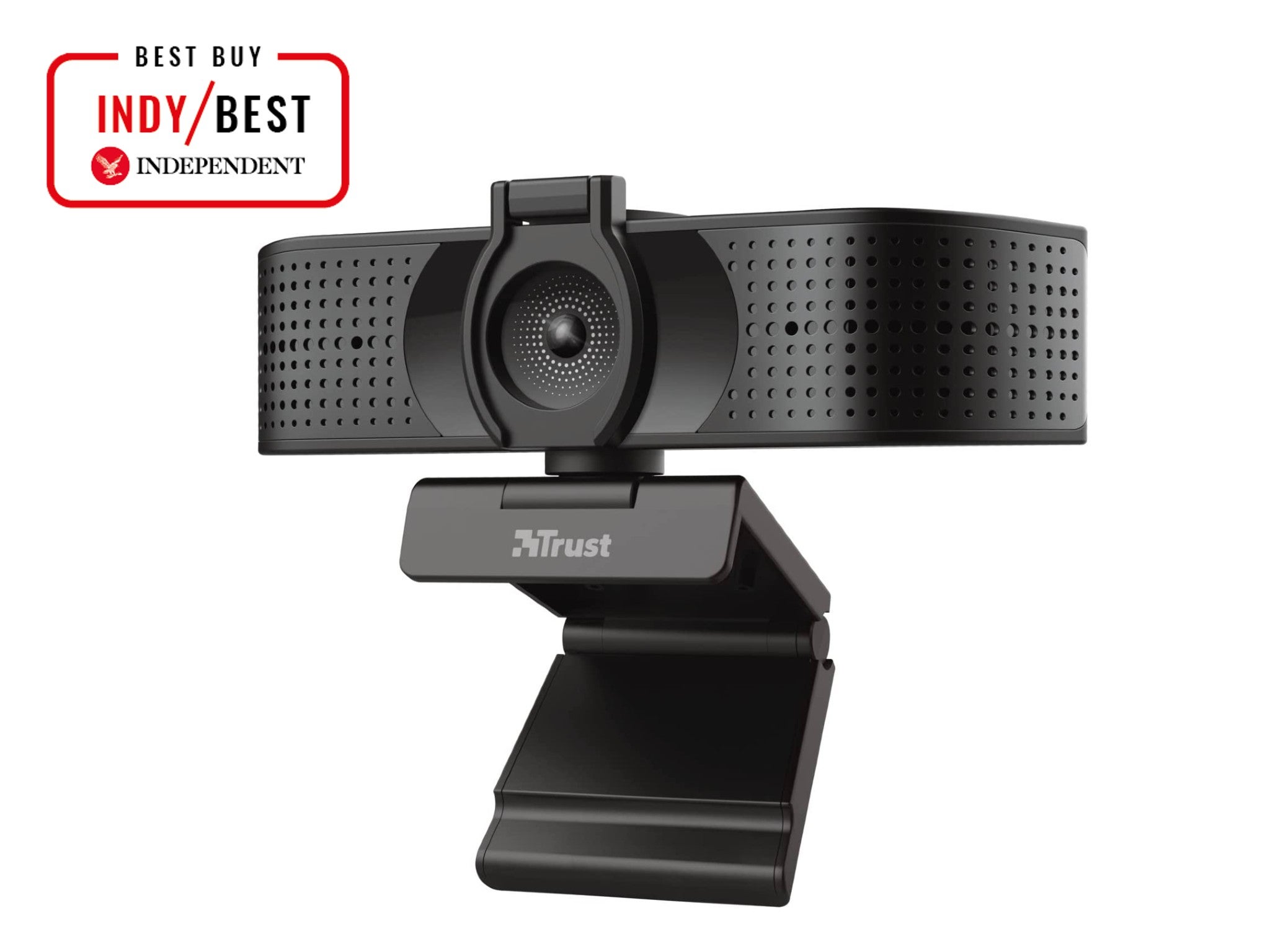
The Independent's journalism is supported by our readers. When you purchase through links on our site, we may earn commission. Why trust us?
7 best webcams for video calls and streaming
From WFH Zoom calls to content creation, these top players will bring you into focus
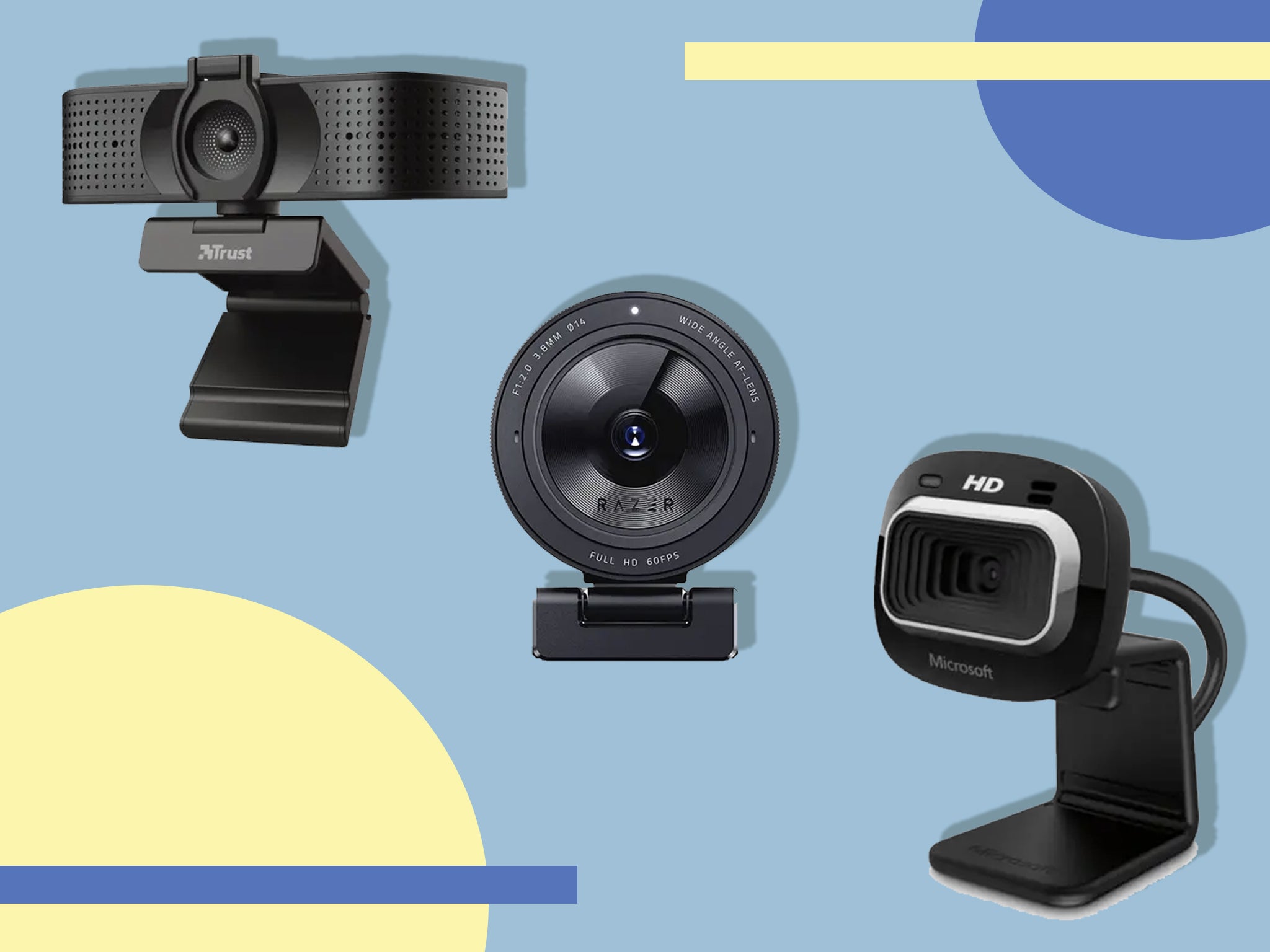
The pandemic and subsequent work from home revolution has changed the part webcams play in our lives.
Once underused on laptops and tablets, and an echo of a slightly turn-of-the-century MSN-era culture on desktops, they now hold a far more prominent position in our lives.
Image quality and the ability to be seen and heard while on Zoom or Teams calls has become more vital than ever and looks set to stay even post lockdowns.
Picking a good work from home webcam is fairly straightforward, as there are many options. But it pays to do a bit of research when it comes to streaming quality, resolution, field-of-view and connection options to make sure you’re making the most of your setup.
If you’re looking into streaming on Twitch or other social media platforms, pay close attention to the resolution, field of view and how it responds to different lighting conditions. Many dedicated streaming webcams have clever low-light and colour rendition settings that allow them to perform more adaptively than your average conference call camera.
Read more:
How we tested
We tested these webcams over a period of a few weeks of regular activity – mainly Zoom and Microsoft Teams calls. Although not tested specifically for streaming ability, we did go into our PC’s “camera” app and change the lighting conditions, as well as the camera’s settings, to closely mimic the different ranges of operating conditions the camera’s are likely to be used in. Here are the one’s that came out on top.
The best webcams for 2022 are:
- Best for sound quality – Trust teza 4K ultra webcam: £89.99, Amazon.co.uk
- Best webcam on a budget – Microsoft LifeCam HD 3000: £29.99, Currys.co.uk
- Best for full-time streamers – Razer kiyo pro: £117.99, Amazon.co.uk
- Best for all round use – Logitech C920: £74.99, Amazon.co.uk
- Best for business calls – Logitech brio 4K pro: £161.25, Amazon.co.uk
- Best for beginner streamers – Razer kiyo X: £79.98, Amazon.co.uk
- Best for vertical social media sharing – Logitech StreamCam: £89.99, Currys.co.uk
Trust teza 4K ultra webcam

Best: For sound quality
Rating: 8/10
- Key Specs: Resolution, 3840 x2160 ; Driver Needed, No; Microphone, Yes; Autofocus, Yes
New from Trust, the teza 4K UHD webcam is one of the most affordable webcams we’ve tested, and its resolution of 3840 x 2160 at 30fps makes it a vibrant and enticing offering. With full autofocus we found the visuals to be super crisp and of high-quality, but the sound is where we thought the camera shone, with two integrated microphones that worked well picking up our voice from a variety of different angles. If you don’t have a headset with a built in microphone, for example, this would be a great option and we thought it was good value seeing as its a genuine UHD camera, too.
Microsoft LifeCam HD 3000
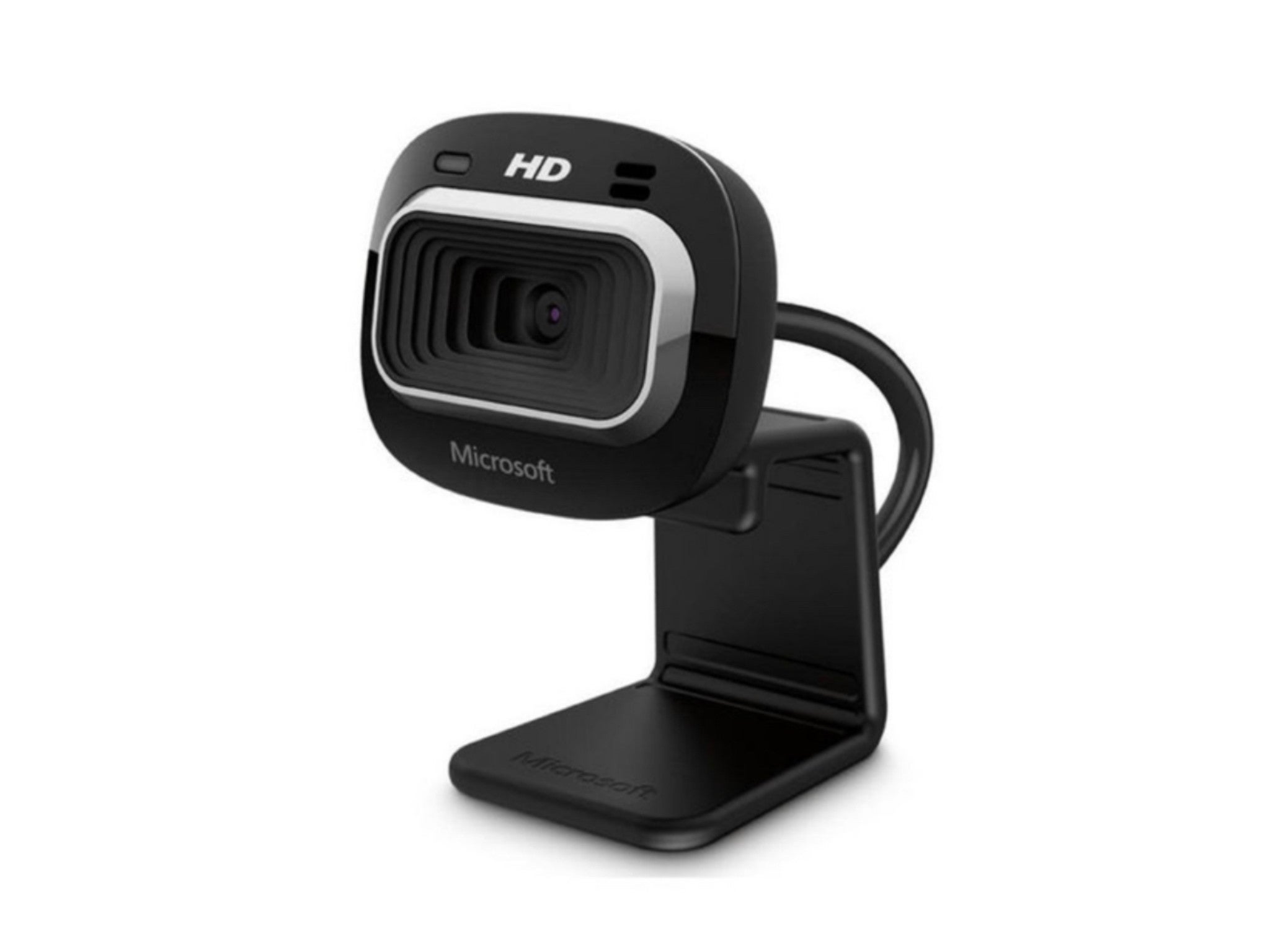
Best: Webcam on a budget
Rating: 7/10
- Key Specs: Resolution, 1280 x 720; Driver Needed, No; Microphone, Yes; Autofocus, yes
If you’re not looking to spend a lot, and you want to just install a camera that has a better quality than built-in phone or tablet webcams, we’d suggest the Microsoft LifeCam range. Its HD3000 is not the newest or most swish camera on the market, but it is available at a very competitive price and we found it the best option when twinned with Microsoft’s Teams platform. It’s only 720p, but it does feature a noise-cancelling microphone, and if you are in an area which is well-lit, the image quality is more than good enough for everyday and casual use.
Razer kiyo pro
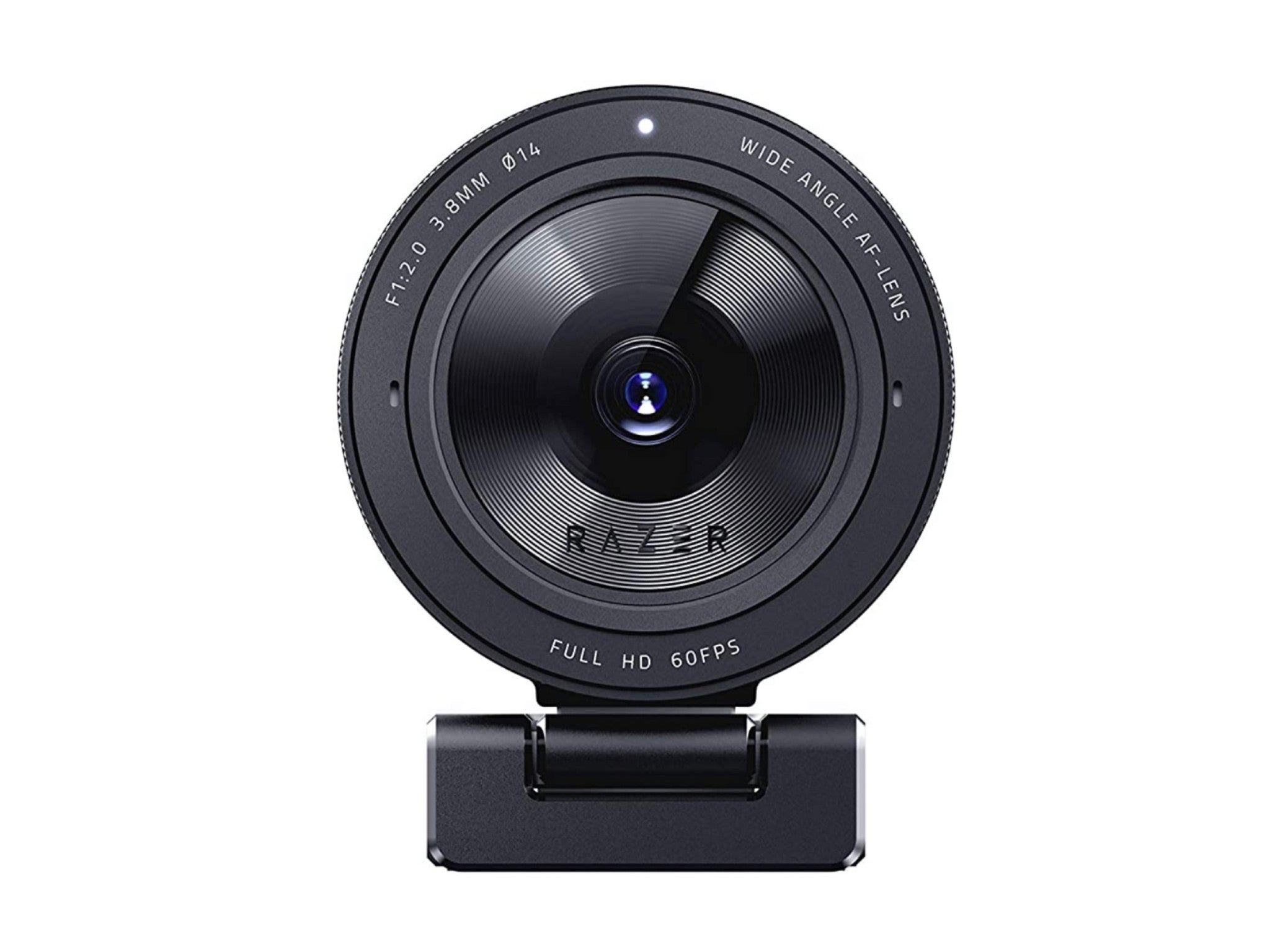
Best: For full-time streamers
Rating: 9/10
- Key Specs: Resolution, 1920x1080p at 60fps; Driver Needed,Yes; Microphone, No; Autofocus, Yes
One of the best webcams on the market at the moment, the Razer pro is expensive but is targeted predominantly at content creators and those streaming or people who demand ultimate quality from their webcam. The jewel in its crown is its adaptive light sensor, meaning it’s one of the best on the market for its ability to retain image quality and colour rendition in a range of different lighting conditions. It also features uncompressed 1080p 60fps visuals and is HDR-enabled. We personally really enjoyed the adaptive field of view, which means you can set how much of the background you include, from relatively narrow to a wide 103-degrees.
Logitech C920
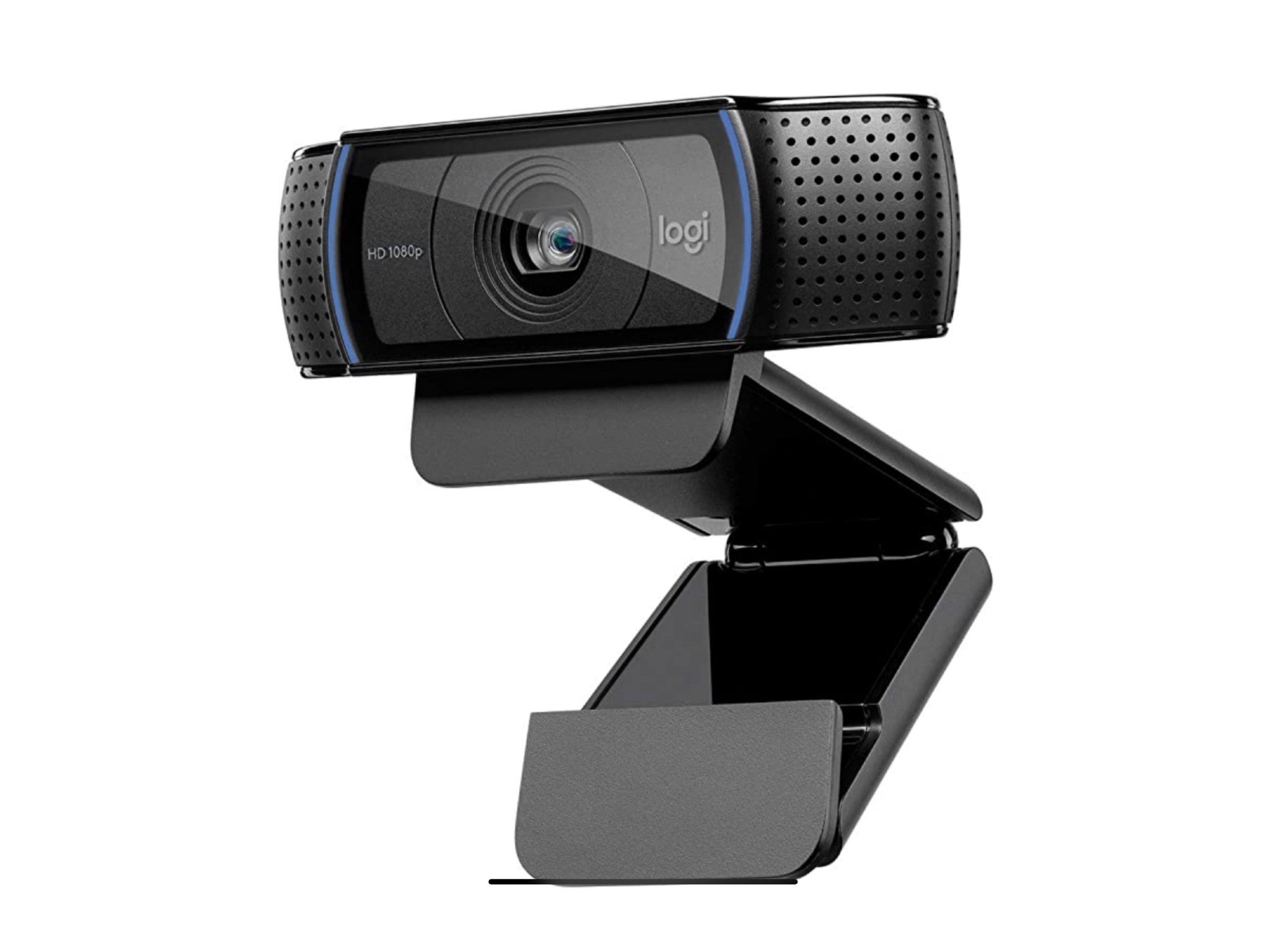
Best: For all round use
Rating: 9/10
- Key Specs: Resolution, 1920x1080p at 60fps; Driver Needed: No; Microphone, Yes; Autofocus, Yes
This is the best webcam we’ve used that will fit into most people’s everyday lives. It doesn’t compromise on quality and produces excellent results in low light conditions, but also won’t break the bank when it comes to using it for streaming or activities that usually demand a higher specification or more expensive webcam.
Visual and sound quality is excellent, but like most webcams we found it to be at its best in daylight and sunny conditions as saturation, contrast and colour reproduction under artificial light can make it feel a little washed out at times. Having said that, for most people, this is as good a balance of price vs quality that you’re likely to find.
Logitech brio 4K pro
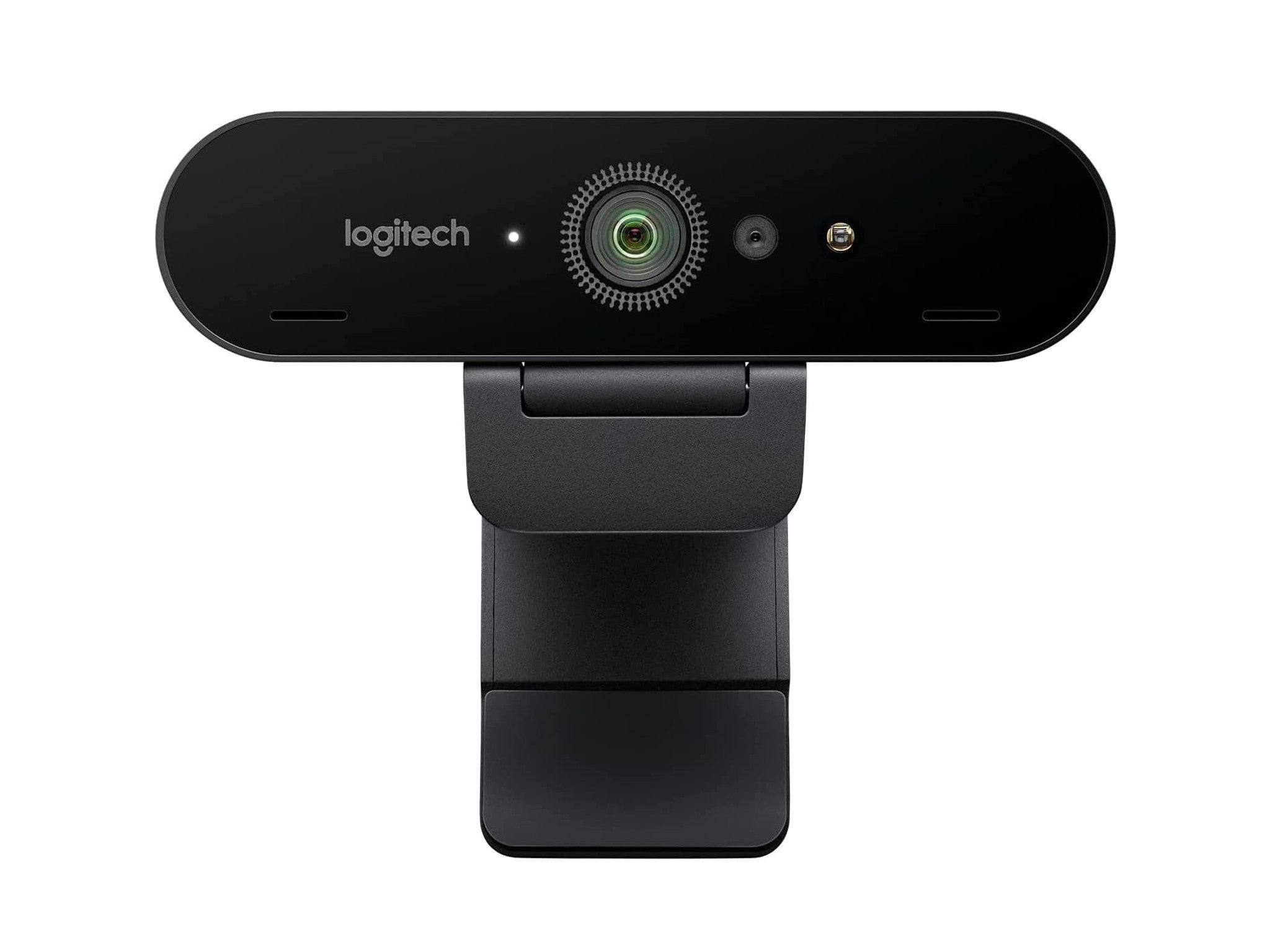
Best: For business calls
Rating: 8/10
- Key Specs: Resolution, 4K; Driver Needed, No; Microphone, Yes; Autofocus, Yes
With an adjustable field-of-view and 4K UHD at 30fps, this is one of the best webcams we’ve tested that’s designed primarily for business and professional use. It is relatively expensive, but it offers clever RightLight technology that keeps the colour, saturation and contrast well-balanced in work environments. Security is high up on the agenda too, as it works well with facial recognition technology and Windows Hello. If we were setting up our perfect boardroom, this would be the webcam we’d choose.
Razer kiyo X
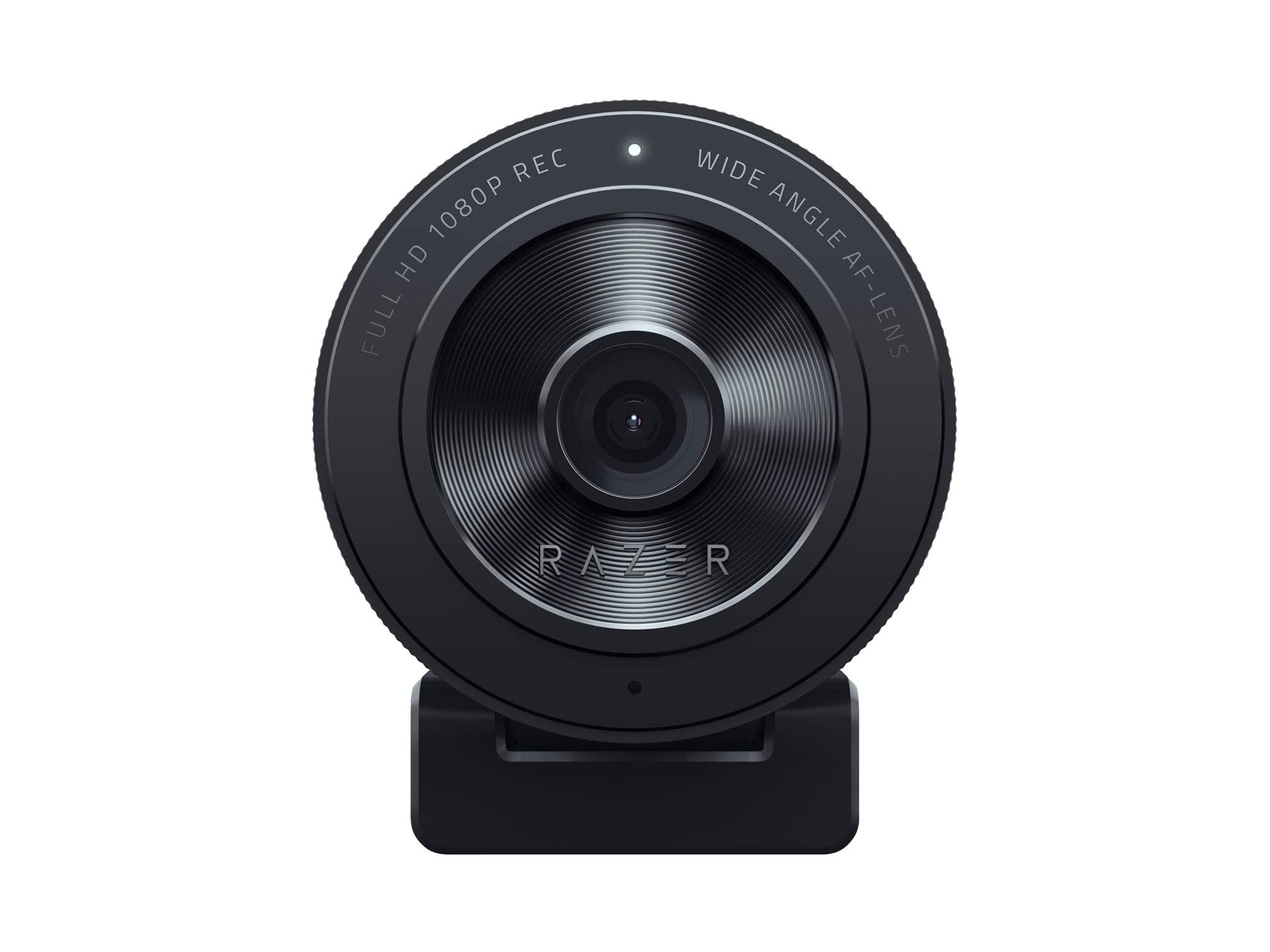
Best: For beginner streamers
Rating: 8/10
- Key Specs: Resolution, 1920x1080p 30fps; Driver Needed, No; Microphone, No; Autofocus, Yes
If the Razer kiyo pro (£119, Amazon.co.uk) is a little out of your price range, then the kiyo X is an alternative mid-range product is worth a look. We think it’ll suit entry-level streamers and content creators alike, and still provides many of the excellent features of Razer’s more high-level products.
It’s still a little more expensive than some of the others on this list, but for the extra money you get 1080p 30fps streaming capability, fully customisable visual settings using Razer synapse, and flexible mounting options alongside either manual or autofocus options. Unlike the kiyo pro, it doesn’t include a ring light, but it has more than enough features included for the everyday webcam user or streamer.
Logitech StreamCam
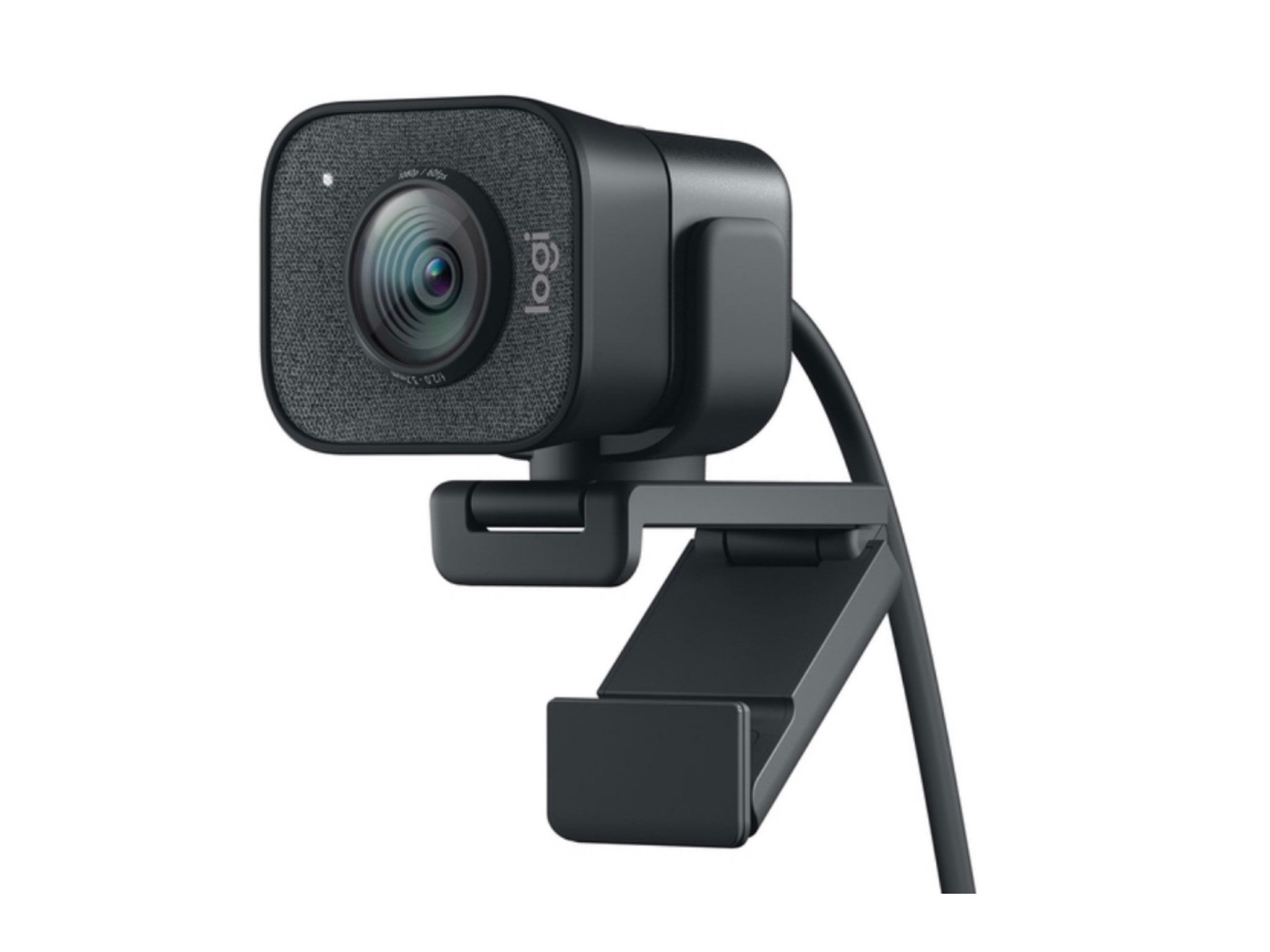
Best: For vertical social media sharing
Rating: 9/10
- Key Specs: Resolution, 1920x1080p HD 60fps; Driver Needed, No; Microphone, Yes; Autofocus, AI-enabled face tracking
Looking to create short videos at your desk for Twitch or Instagram stories? In our opinion, look no further than the Logitech StreamCam. Although it works perfectly well as a regular webcam for conference and work calls, it comes into its own when used for social media, as it has an easy-to-use vertical recording mode that natively records in HD in the right ratio to upload straight to stories. There’s a monitor mount and a tripod adaptor too, so you can set it up separately from your monitor or desk.
Webcam FAQs
Things to consider when buying a webcam
There are a few key points to consider when shopping for a new webcam. Towards the top of the list should be picture quality, which is made up of resolution, frame rate and extra features like HDR and autofocus. The former should ideally be Full HD, also known as 1080p, and the frame rate should be at least 30 frames per second. Some cameras offer 60fps, which produces smoother motion, but enabling this tends to lower the resolution to 720p, which is regular HD and still acceptable in most cases.
While some webcams now offer 4K resolution, like the Logitech Brio (£145.89, Amazon.co.uk), this often isn’t worth the extra expense as most video chatting and conferencing apps don’t support the higher resolution. In fact, high dynamic range (HDR) is a more valuable feature to have instead of 4K.
You should also pay attention to compatibility, but these days that isn’t much of a hurdle to clear, thanks to many webcams being plug-and-play. This means you simply plug them into a spare USB port (usually USB-A) and they work right away without requiring extra software.
Most good webcams are very easy to connect – a standard USB is all you’ll really need. Some of the higher-performance webcams may require PC drivers to be installed if you’re on Windows, but these should be done automatically. A few of the good streaming or content-creator orientated webcams also have apps and programmes to change colour rendition, exposure, contrast and white-balance.
Next, check how the webcam will attach to your computer monitor, and see if it comes with a miniature tripod or other alternative mounting option for if you want to locate it away from the screen.
Finally, does the webcam have a privacy cover to block the lens when not in use? Some have these as an integrated component, some come with a fairly basic, detachable cover and some miss out entirely. Almost all have a light to show when the camera is active, however.
How much does a good webcam cost?
The good news is, unless you are indeed a streamer, you don’t have to spend a lot on a good webcam, as most budget webcams will suit casual, recreational or business users. You can get a decent setup for less than £30, but if you want 1080p HD and good adaptive low-light performance, we’d suggest spending over £50.
The most expensive and best webcams are north of £100-£150, but the difference is noticeable and if you’re spending your days on professional business calls or streaming, we’d recommend you at least trial these options to spot the difference for yourself.
The verdict: Webcams
Although it’s one of the oldest cameras on the market, we still can’t fault Logitech’s C920 for its all round ability and the fact it can do what most people want out of it for a very reasonable price.
If money was no object then we’d whole-heartedly recommend the impressive visual performance of the Razer kiyo pro. Looking for a 4K option? Try the new teza from Trust – again in our opinion, very good value for money.
Voucher codes
For offers on webcams and other computer accessories, try our discount code pages:
Find the best broadband deals with Independent Advisor
Hoping to become the next TikTok or streaming superstar? Invest in one of the best ring lights that will give you and your content a glow up
